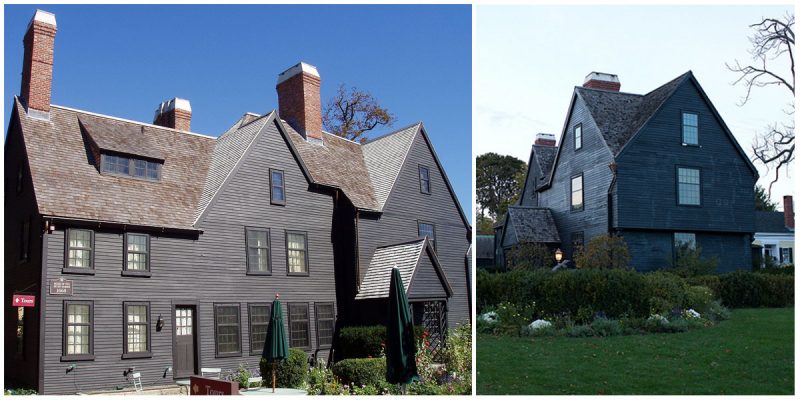The House of the Seven Gables which is also known as the Turner House, or Turner-Ingersoll Mansion, was built in 1668 by Captain John Turner I.
It is a colonial mansion located at 54 Turner Street in Salem, Massachusetts and served as an inspiration for the novel The House of the Seven Gables by Nathaniel Hawthorne. It is the oldest surviving 17th century wooden mansion in all of New England.
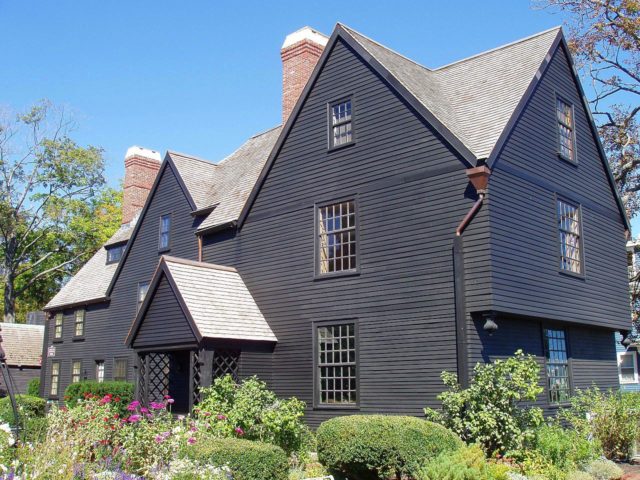
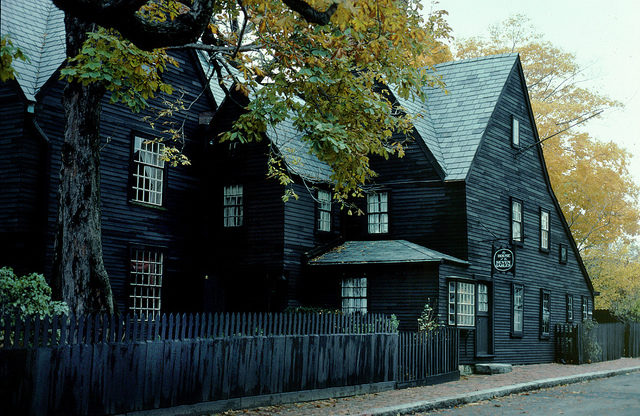
The house remained in Turner’s family for three generations and in the 19th century, it was purchased by Captain Samuel Ingersoll. Originally, the house had two storeys, two rooms, a front porch and a central chimney. Turner made two new additions to the house before his death in 1680.
He added a kitchen, and made a spacious south extension with its own chimney, containing a parlor on the first floor, and above it, he added a large bed chamber. The new wing has higher ceilings and double casement windows with a three-gabled garret (or attic rooms) at the top. Turner II made an innovation of his time when he added wooden paneling to the walls of the Great Chamber and the Parlor. These alterations were made in the new Georgian style and they are preserved as very early examples of high style Georgian décor.
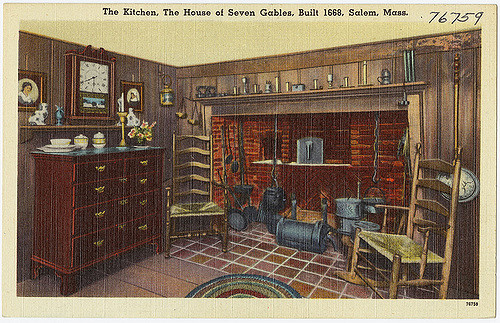
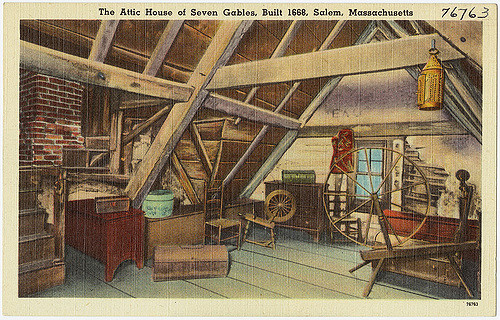
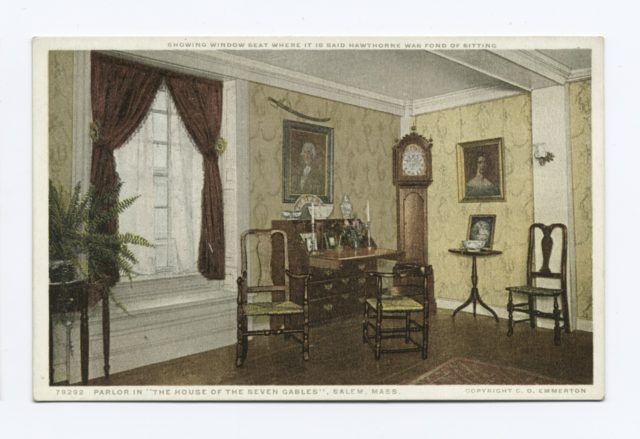
The house was acquired by the Ingersolls after John Turner III lost the family fortune. Captain Ingersoll remodeled the house and created a Federal-style house. Nathaniel Hawthorne was a relative to the family, he was the second cousin of Ingersoll’s daughter, Susanna who visited their home often when he worked in Salem for four years.
Inspired by the spooky tales of his cousin about the Salem Witch Trials of 1692, Hawthorne started to write his novel The House of the Seven Gables in 1849.
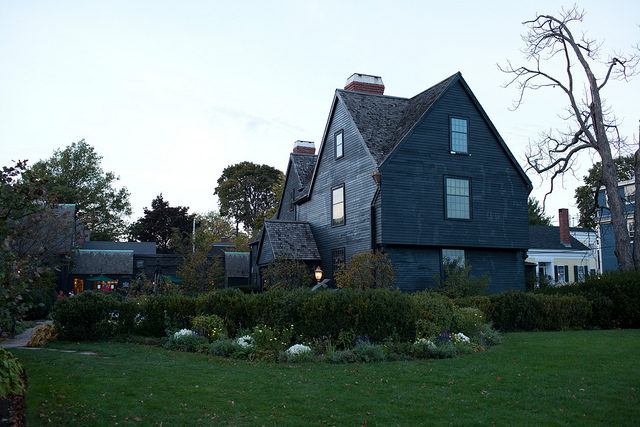
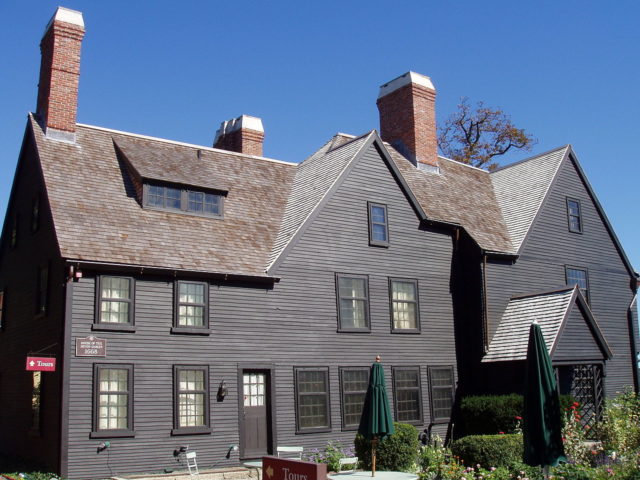
The house became a non-profit museum in 1910 after it was purchased by Caroline O. Emmerton. She hired the architect Joseph Everett Chandler to supervise the restoration of the house in which the missing gables were reconstructed among other alterations.
She also added a wooden closet with a false back with a secret staircase behind it, leading up to the attic rooms. Today, the museum house is also visited because of its reputation of being haunted; people claim that the ghost of Susanna Ingersoll is roaming the hallways and that a little boy is playing with his toys in the attic.
